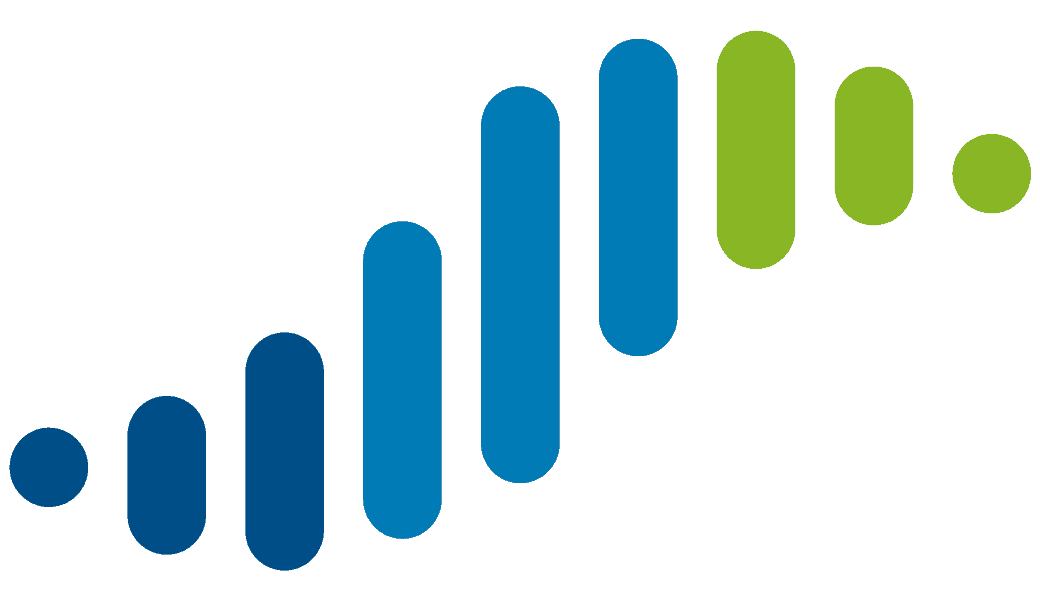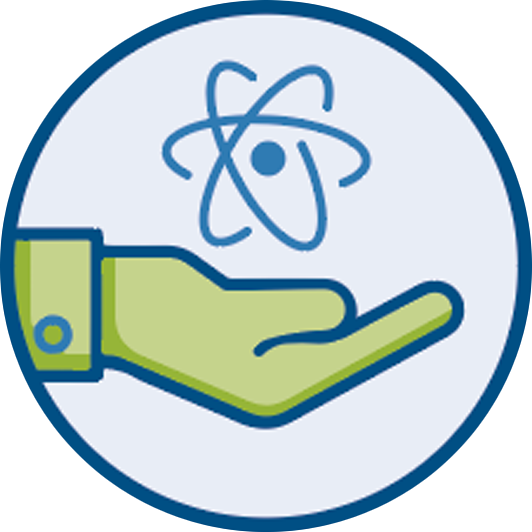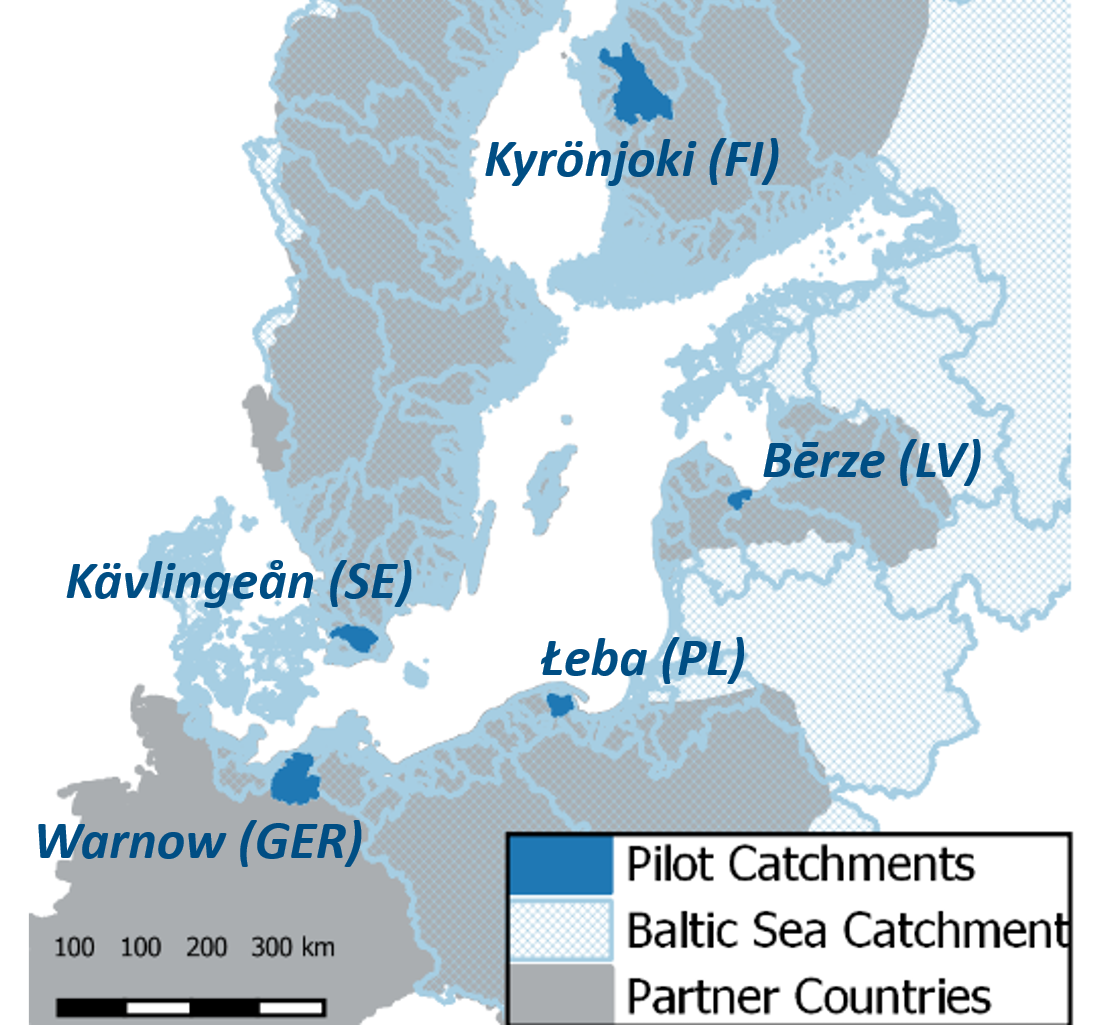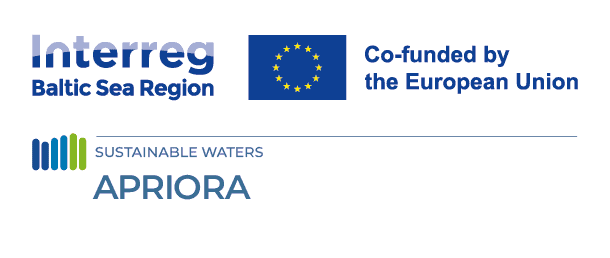
In brief: All about the APRIORA approach
22 April 2025
During the first project year, all project partners worked intensively together to optimise the conceptual approach of APRIORA. While filling all boxes with the knowledge of our transnational expertise, we constantly communicated with our target groups to produce a best-fitting solution to their actual needs.
After several rounds of exchange, feedback, optimisation and condensing information, we are proud to present our concept both here and during the upcoming stakeholder webinar! In about 2 hours, you can receive a full picture and first details about the approach, core concepts and content modules.
How the APRIORA solution works
To help authorities decide which wastewater treatment plants (WWTPs) require urgent action, APRIORA is creating a risk assessment approach and tool. This tool will help identify high-risk WWTPs and suggest suitable options to reduce pollution. The final product will be a detailed regional risk map that clearly shows which WWTPs need action first.
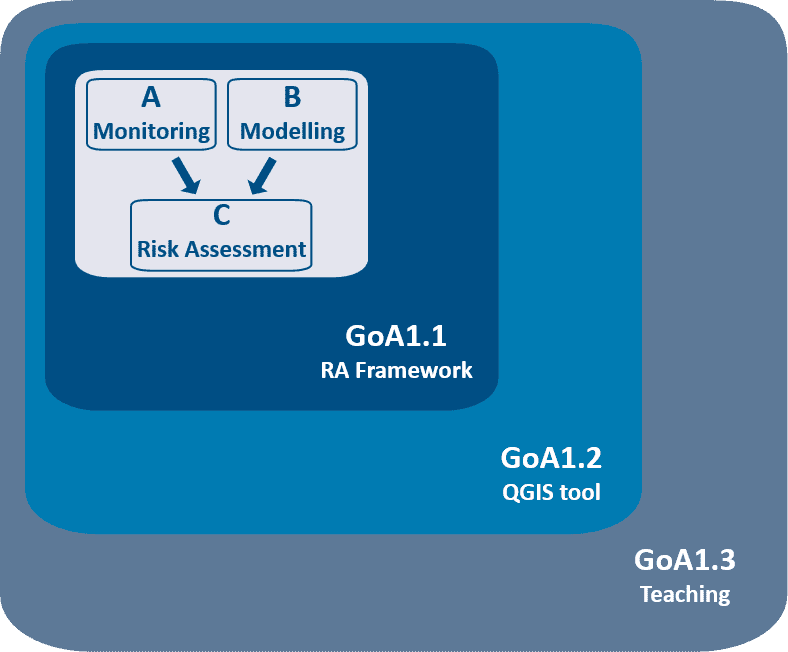
APRIORA approach in a scheme: Implemented core modules of framework, tool and teaching
The conceptual scheme shows, how we can get to the solution in so-called Group of activities (GoA) and the approach is built up. Three core modules are implemented in the practical tool. Teaching elements support then the target groups on both levels, getting familiar with the core modules and how to apply the tool in a geographical software. In this framework, we do not only assess the risks but are also able to test mitigation options à priori. The end-user can see directly in maps if and how the action at selected WWTPs reduces the risks caused by pharmaceutical emissions.
The three core modules summarized in brief facts
Module A – Monitoring
- Four monitoring campaigns throughout the year will measure the levels of pollution by active pharmaceutical ingredients (APIs) in rivers and WWTP inflows and outflows.
- The monitoring locations and substances tested are carefully chosen to get the most relevant data.
- Experienced laboratories analyse and handle the data of our flood of samples.
Module B – Modelling
- Since monitoring alone does not cover all locations, modelling helps fill in the gaps.
- We apply human pharmaceutical use data to estimate how much API pollution enters WWTPs.
- Modelling, literature and monitoring data describe the removal capability of WWTPs.
- Regional river flow data is used to estimate pharmaceutical concentrations in rivers of the whole catchment.
Module C – Risk Assessment
- The data from monitoring and modelling is analysed to assess regional risks in the rivers.
- Environmental risks – how pollution affects ecosystems.
- Human water use risks – whether pollution makes water unsafe for drinking, recreation, or irrigation.
- Antimicrobial resistance risks – how pollution contributes to the rise of resistant bacteria, which is a major public health concern.
Helping Authorities Use the Tool Effectively
To ensure the tool is easy to use, it will be built into an open-source GIS software, which many agencies already work with. This makes it simpler to integrate into daily operations.
Additionally, APRIORA is launching a training program to teach authorities in charge how to apply the tool. This includes:
- Tutorial videos – Easy-to-follow guides.
- Step-by-step documents – Written instructions.
- Face-to-face sessions – Hands-on training for target groups.
- One-on-one support – Personalized help for agencies.
The teaching itself is two-folded. Firstly, the developer provides internal so-called teach-the-teacher sessions (TTT). Here, partners representing each partner country will learn the functions of the tool. First problems can be solved directly and material revised. Secondly, these participating partners are then responsible for the national target-group teaching sessions. In that way, the expertise is shared and more teachers transfer the knowledge. As a plus, it is easier to take care of other hurdles, such as language barriers, national or regional specifics of data or infrastructure.
In fact, the target group is represented both within the consortium and in the TTT-team. The authorities will actively provide feedback throughout the project, helping fine-tune the tool to meet their specific needs.
Piloting: Testing the Solution in Real-Life Conditions
To make sure the tool works well, APRIORA is currently testing it in river catchments across five Baltic Sea countries: Finland, Germany, Latvia, Poland, and Sweden. Regional authorities in charge participate actively in the piloting working alongside scientific experts to ensure the tool meets real-world needs.
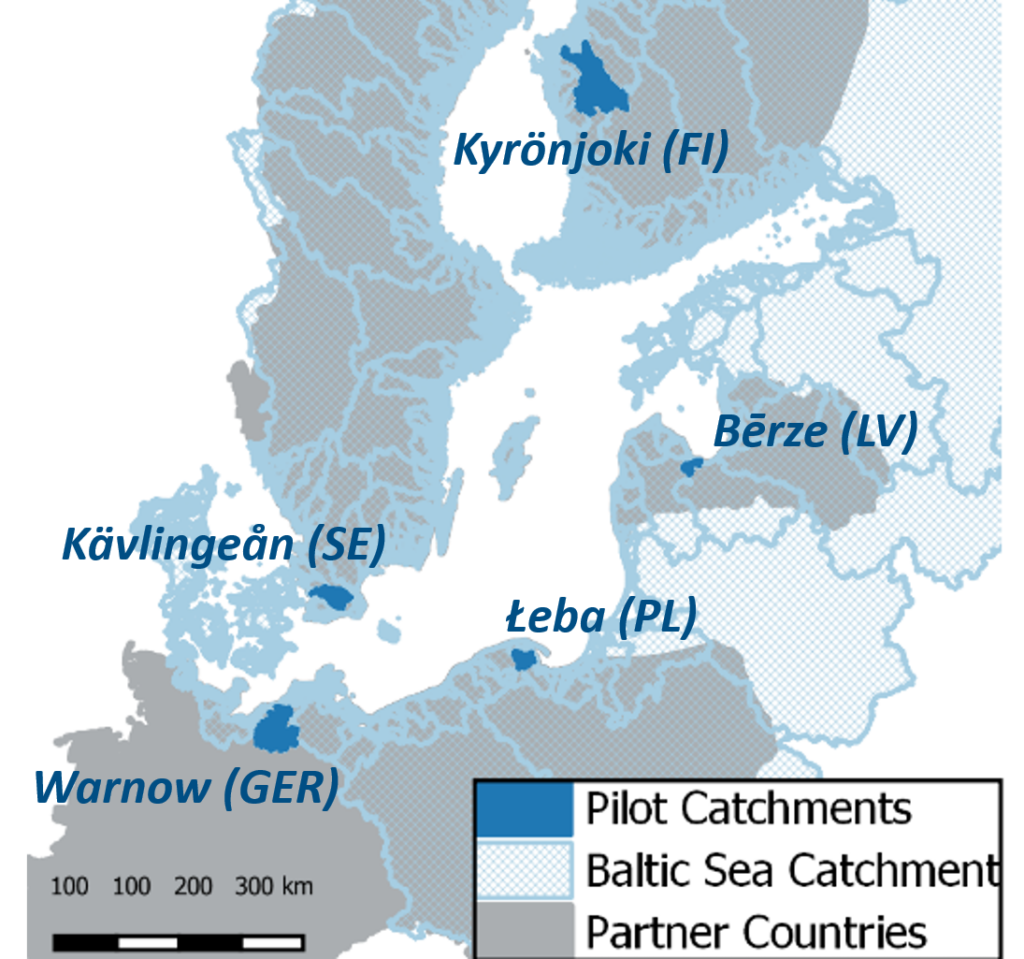
Map of BSR piloting regions
In all three modules, theoretical and practical experts are supporting the piloting. Together, we expand existing monitoring data by collecting new samples in areas with limited data. Advanced hydrological modelling techniques are used to estimate water flow in rivers that are not directly monitored. Risk assessment data and potential thresholds are carefully reviewed and prepared. We develop and teach the tool step by step. All these exemplary actions and more help to improve and adapt our solution for future transfer.
Preparing future transfer
Once our solution is ready (enough), we are putting all our efforts into a successful transfer. We think that the Risk Assessment framework is applicable to many other regions and catchments in the Baltic Sea Region (BSR). With our target groups on board – namely WWTP operators and sectoral agencies in charge of water management – we are already well integrated in the relevant target stakeholder groups. Whenever we reach out to neighbouring agencies in charge of further catchment areas, they are working on the same level and can exchange directly with our teached target group to clarify if this approach fits to their own needs.
However, a well-structured transfer needs to be prepared. Alongside with piloting our teaching elements, we raise awareness and provide basic information about the APRIORA idea in different ways:
- presenting APRIORA during national or international conferences and workshops, e.g. NORDIWA, EUSBSR annual forum, HELCOM meetings
- organising regional events together, e.g. with other Interreg projects as the workshop on Pharmaceuticals + PFAS in the water cycle in Rostock (Germany)
- partnership in Interreg BSR platform project HAZGONE
- Open webinar about APRIORA approach on May 7th
We hope to encourage both target groups and related projects to share expertise and achieve a useful solution in practice helping to reduce the pollution of our waters.


